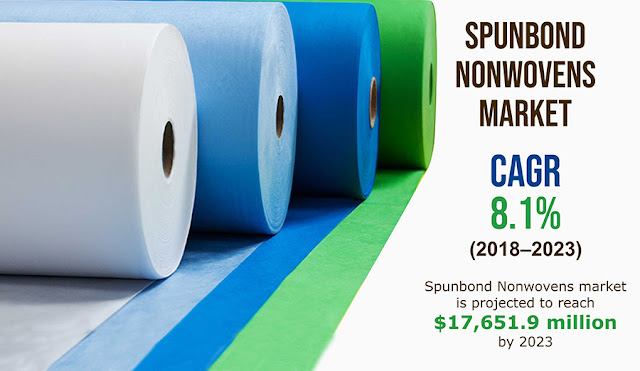Pre-Insulated Pipes Market to Witness 9.7% CAGR in Near Future
Owing to the robust global economy and the growing need for stronger cooling and heating solutions in some regions, the demand for energy grew by 2.3% last year, as suggested by the International Energy Agency (IEA) data. The demand for all fuels increased, and about 70% of the energy demand was met by fossil fuels, which resulted in the rise of the global energy-related CO2 emissions by 1.7% to 33 gigatonnes (Gt) in 2018. Among all the different types of energies, electricity continues to be the fuel of the future, with the demand for it increasing by 4% in 2018 to over 23,000 terawatt hours.
Get a Sample Copy of this Report @ https://www.psmarketresearch.com/market-analysis/pre-insulated-pipes-market/report-sample
Therefore, to curb electricity usage and CO2 emissions, the need for constructing energy-efficient buildings is becoming more dire. Nearly zero-energy buildings (NZEBs), a way of limiting the energy consumption, are being tested in many countries for practical use. An NZEB is a building with zero net energy consumption, meaning it depends solely on the renewable energy that is created on the site. As the motive behind these buildings is to use energy judiciously, pre-insulated pipes are being used in constructing them, as they reduce energy loss, facilitate fluid transportation, and improve the operational efficiency of power systems. These factors are expected to lead the pre-insulated pipes market to $9,597.9 million valuation in the coming years, at a 9.7% CAGR, as per a P&S Intelligence study.
Insulated pipes, also known as pre-insulated pipes, consist of a carrier pipe, an insulation layer, and an outer casing. These pipes are used for both cooling and heating applications and for maintaining the temperature of fluids during their transportation. Oil & gas, district heating & cooling (DHC), and utilities are the largest application areas of pre-insulated pipes. From 2014 to 2018, pre-insulated pipes were most extensively used in DHC systems due to the increasing supportive measures, such as low-interest loans, grants, subsidies, and tax breaks by the government of various countries to popularize DHC systems. Further, in the coming years, the integration of artificial intelligence and internet of things with these systems is expected to add to the demand for these, which would continue being the biggest consumers of pre-insulated pipes.
Pre-insulated pipes are used for residential, commercial, and industrial purposes. Owing to the high requirement for transporting fluids in industrial facilities and installations, the highest demand for pre-insulated pipes during 2014–2018 was generated by industrial end users. The demand for pre-insulated pipes is set to rise the fastest from the residential sector in the coming time, as governments are offering financial incentives to residential customers to adopt DHC systems and reduce their carbon footprint.


Comments
Post a Comment